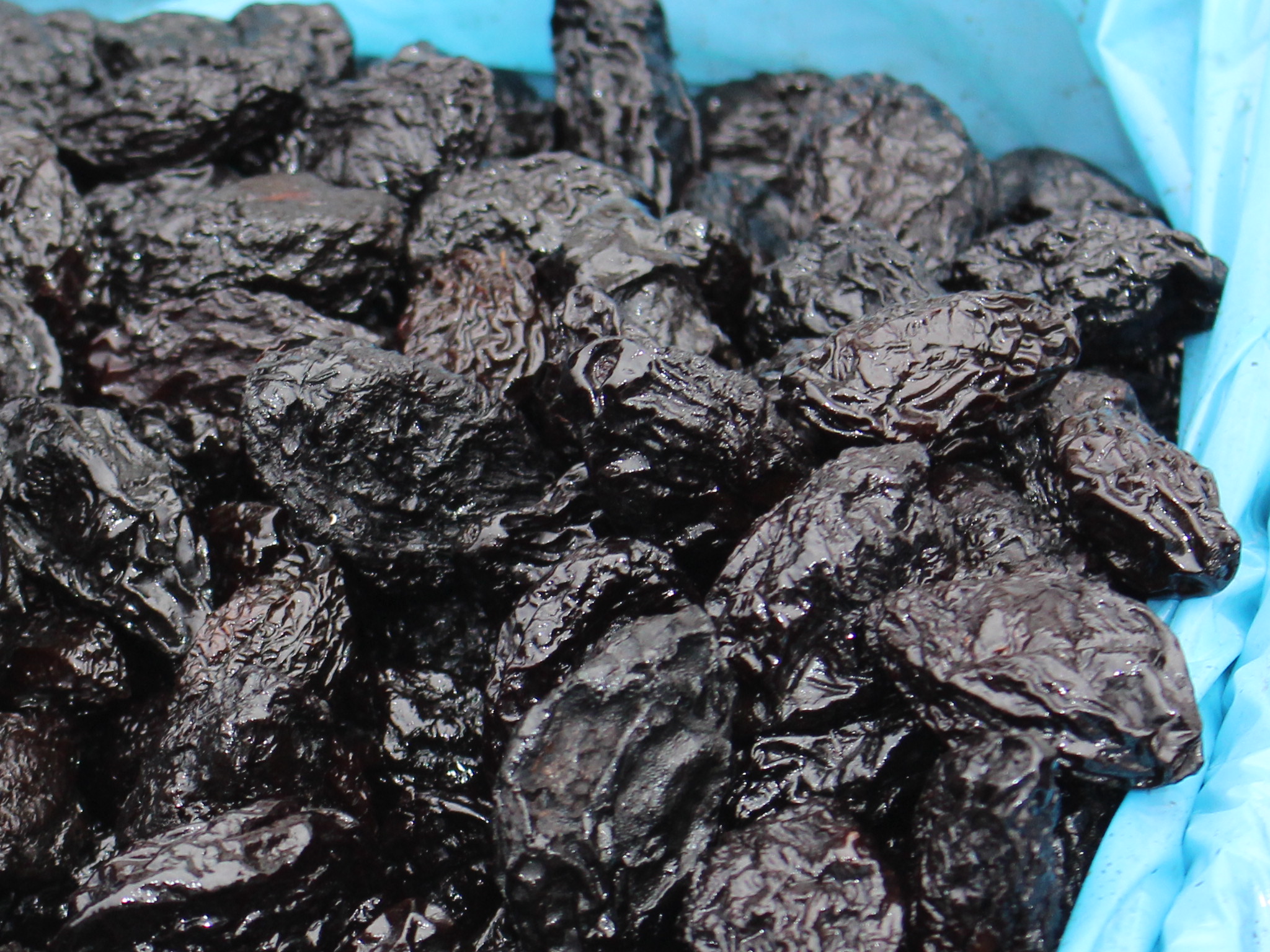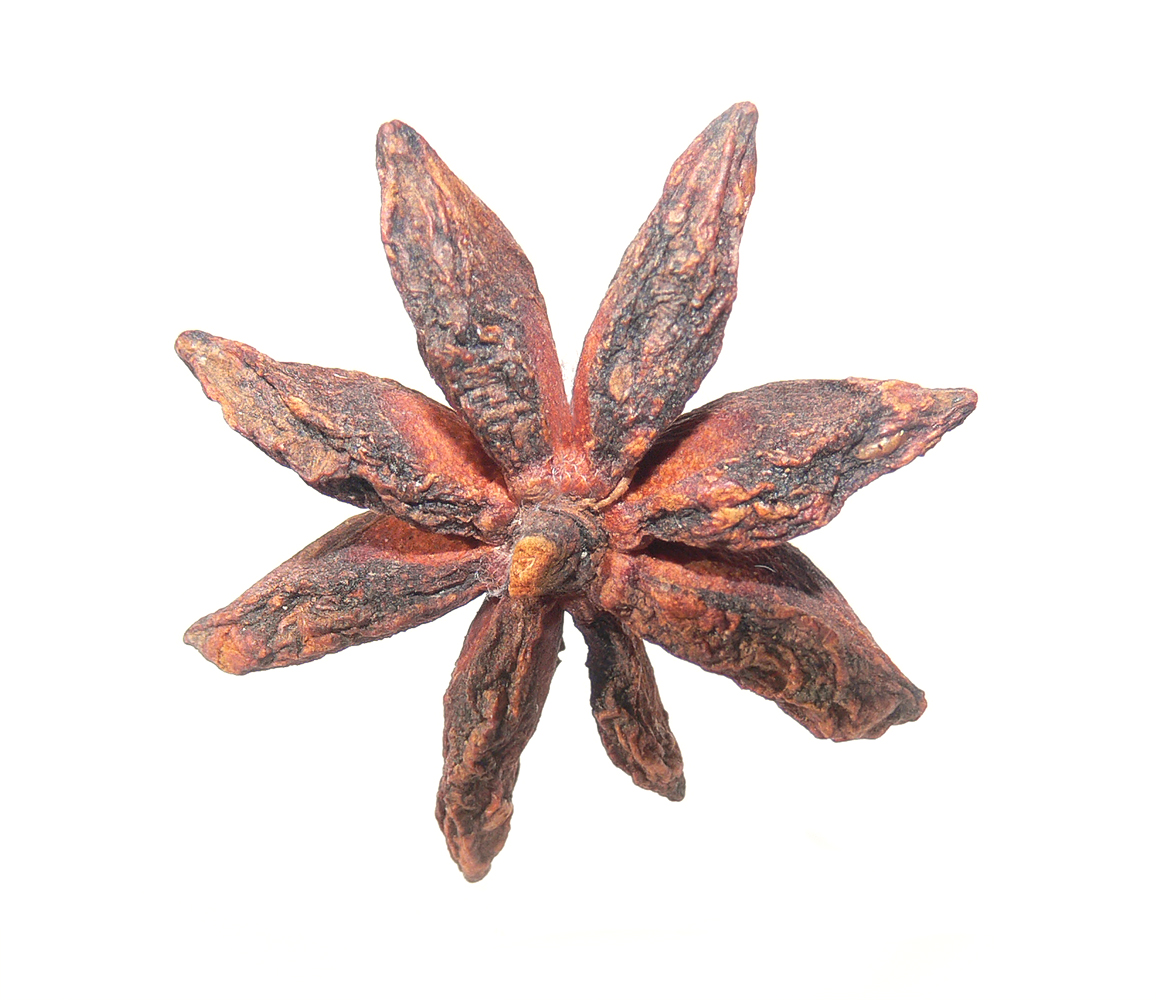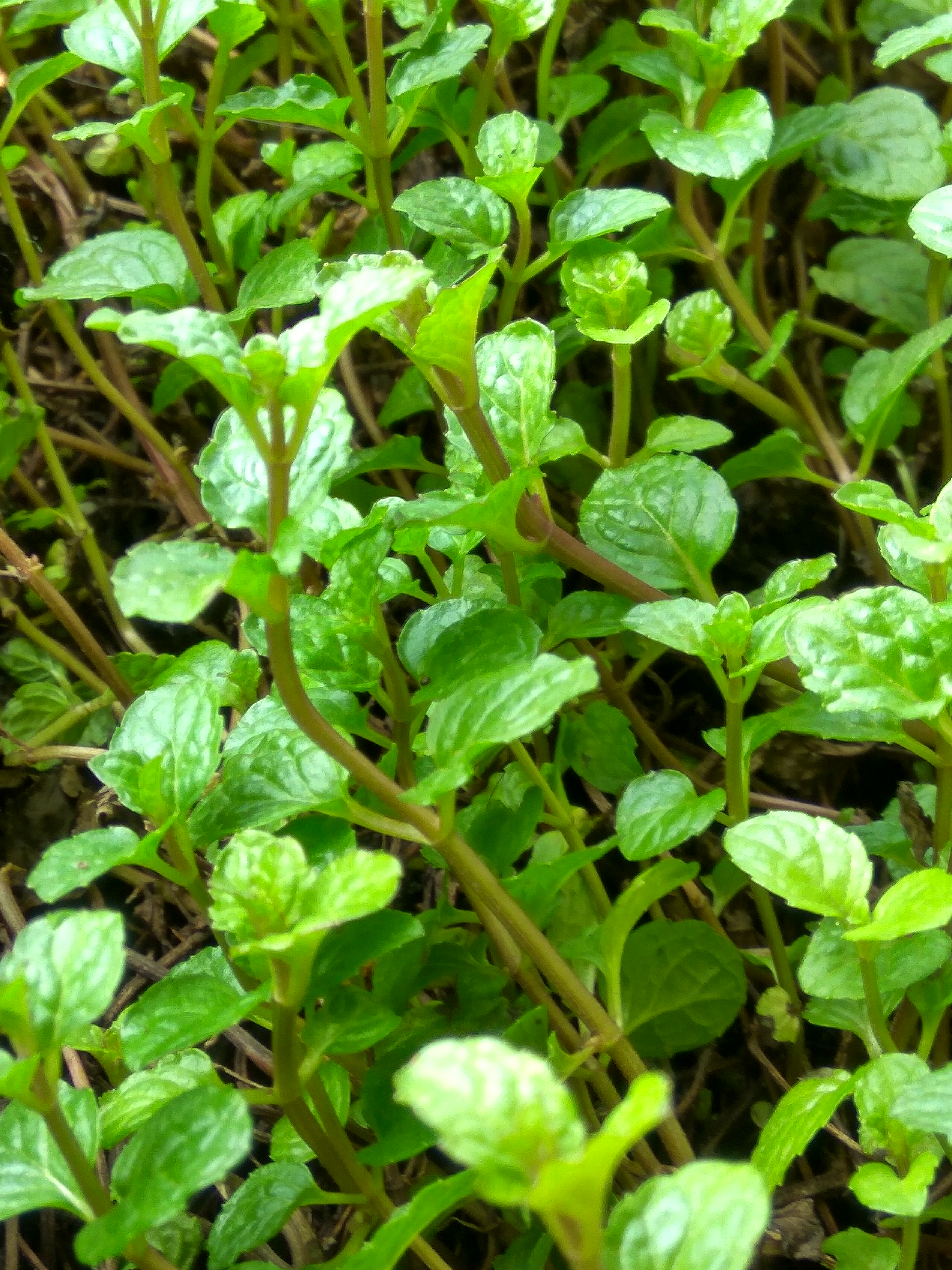|
Caffeic Acid
Caffeic acid is an organic compound with the formula . It is a polyphenol with a key role in scavenging reactive oxygen species (ROS) generated in energy metabolism. Caffeic acid is also one major polyphenol responsible for maintaining normal levels of nitric oxide (NO) within cells. Caffeic acid is a yellow, solid chemical compound that is structually classified as a hydroxycinnamic acid, and the molecule consists of both phenolic and acrylic functional groups. Caffeic acid is found in all plants as an intermediate in the biosynthesis of lignin, a naturally occurring complex carbohydrate representing the principal components of biomass and its residues. It is chemically unrelated to caffeine; instead, the shared name is related to its presence in coffee. Natural occurrences Caffeic acid can be found in the bark of ''Eucalyptus globulus'' the barley grain ''Hordeum vulgare'' and the herb '' Dipsacus asperoides''. It can also be found in the freshwater fern '' Salvinia molest ... [...More Info...] [...Related Items...] OR: [Wikipedia] [Google] [Baidu] |
Chlorogenic Acid
Chlorogenic acid (CGA) is the ester of caffeic acid and quinic acid, functioning as an intermediate in lignin biosynthesis. The term chlorogenic acids refers to a related polyphenol family of esters, including hydroxycinnamic acids ( caffeic acid, ferulic acid and ''p''-coumaric acid) with quinic acid. Despite the "chloro" of the name, chlorogenic acids contain no chlorine. Instead, the name comes from the Greek χλωρός (khloros, light green) and -γένος (genos, a suffix meaning "giving rise to"), pertaining to the green color produced when chlorogenic acids are oxidized. Structural properties Structurally, chlorogenic acid is the ester formed between caffeic acid and the 3-hydroxyl of L-quinic acid. Isomers of chlorogenic acid include the caffeoyl ester at other hydroxyl sites on the quinic acid ring: 4-''O''-caffeoylquinic acid (cryptochlorogenic acid or 4-CQA) and 5-''O''-caffeoylquinic acid (neochlorogenic acid or 5-CQA). The epimer at position 1 has not y ... [...More Info...] [...Related Items...] OR: [Wikipedia] [Google] [Baidu] |
Barley
Barley (), a member of the grass family, is a major cereal grain grown in temperate climates globally. It was one of the first cultivated grains; it was domesticated in the Fertile Crescent around 9000 BC, giving it nonshattering spikelets and making it much easier to harvest. Its use then spread throughout Eurasia by 2000 BC. Barley prefers relatively low temperatures and well-drained soil to grow. It is relatively tolerant of drought and soil salinity, but is less winter-hardy than wheat or rye. In 2023, barley was fourth among grains in quantity produced, 146 million tonnes, behind maize, rice, and wheat. Globally, 70% of barley production is used as animal feed, while 30% is used as a source of fermentable material for beer, or further distilled into whisky, and as a component of various foods. It is used in soups and stews and in barley bread of various cultures. Barley grains are commonly made into malt using a traditional and ancient method of preparatio ... [...More Info...] [...Related Items...] OR: [Wikipedia] [Google] [Baidu] |
Aronia Melanocarpa
''Aronia'' is a genus of deciduous shrubs, the chokeberries, in the family Rosaceae native to eastern North America and most commonly found in wet woods and swamps. The genus Aronia is considered to have 3 species. The most common and widely used is ''Aronia melanocarpa'' (black chokeberry) which emerged from Eastern North America. The lesser known ''Aronia arbutifolia'' (red chokeberry) and the hybrid form of the above mentioned species called ''Aronia prunifolia'' (purple chokeberry) were first cultivated in Central and Eastern North America. In the eighteenth century, the first shrubs of the best-known species ''Aronia melanocarpa'' reached Europe where they were first cultivated in Scandinavia and Russia. Chokeberries are cultivated as an ornamental plant and as a food plant. The sour berries, or aronia berries, can be eaten fresh off the bush, but are more frequently processed. They can be used to make wine, jam, syrup, juice, soft spreads, tea, salsa, extracts, bee ... [...More Info...] [...Related Items...] OR: [Wikipedia] [Google] [Baidu] |
Prune
A prune is a dried plum, most commonly from the European plum (''Prunus domestica'') tree. Not all plum species or varieties can be dried into prunes. Use of the term ''prune'' for fresh plums is obsolete except when applied to varieties of plum grown for drying. In this usage, a prune is the firm-fleshed plum fruit of ''P. domestica'' varieties that have a high soluble solids content, and do not ferment during drying. Most prunes are ''freestone'' cultivars (i.e., the pit is easy to remove), whereas most plums grown for fresh consumption are ''clingstone'' (the pit is more difficult to remove). The sorbitol content of dietary fiber likely provides the laxative effect associated with consuming prunes. Prunes are 64% carbohydrates, including dietary fiber, 2% protein, a rich source of vitamin K, and a moderate source of B vitamins and dietary minerals. Production More than 1,000 plum cultivars are grown for drying. The main cultivar grown in the United States is the 'Improv ... [...More Info...] [...Related Items...] OR: [Wikipedia] [Google] [Baidu] |
Apricot
An apricot (, ) is a fruit, or the tree that bears the fruit, of several species in the genus ''Prunus''. Usually an apricot is from the species '' P. armeniaca'', but the fruits of the other species in ''Prunus'' sect. ''Armeniaca'' are also called apricots. In 2022, world production of apricots was 3.9 million tonnes, led by Turkey with 21% of the total. Etymology ''Apricot'' first appeared in English in the 16th century as ''abrecock'' from the Middle French or later , from Spanish '' albaricoque'' and Catalan , in turn from Arabic (, ), from Byzantine Greek (, ), derived from late Greek (, ) from Latin () (, ). Description The apricot is a small tree, tall, with a trunk up to in diameter and a dense, spreading canopy. The leaves are ovate, long, and wide, with a rounded base, a pointed tip, and a finely serrated margin. The flowers are in diameter, with five white to pinkish petals; they are produced singly or in pairs in early spring before the leaves. T ... [...More Info...] [...Related Items...] OR: [Wikipedia] [Google] [Baidu] |
Apple Sauce
Apple sauce is a purée (not necessarily served as a true sauce) made of apples. It can be made with peeled or unpeeled apples and can be spiced or sweetened. Apple sauce is inexpensive and is widely consumed in North America and some parts of Europe. A wide range of apple varieties are used to make apple sauce, depending on the preference for sweetness or tartness. Formerly, sour apples were usually used to make savory apple sauce. Commercial versions of apple sauce are readily available at supermarkets and other retail outlets. Preparation Apple sauce is made by cooking apples with water or apple cider (fresh apple juice). More acidic apples will render a finer purée; the highly acidic Bramley apple creates a very fine purée. The apples may or may not be peeled. If they are not peeled, the peels and seeds are typically separated in a food mill. Sugar and spices such as cinnamon, allspice, and even Red Hot candies may be added for flavor. Lemon juice, citric acid, ... [...More Info...] [...Related Items...] OR: [Wikipedia] [Google] [Baidu] |
Sunflower Seed
A sunflower seed is a seed from a sunflower (''Helianthus annuus''). There are three types of commonly used sunflower seeds: linoleic (most common), high oleic, and sunflower oil seeds. Each variety has its own unique levels of monounsaturated, saturated, and polyunsaturated fats. The information in this article refers mainly to the linoleic variety. For commercial purposes, sunflower seeds are usually classified by the pattern on their husks. If the husk is solid black, the seeds are called black oil sunflower seeds. The crops may be referred to as oilseed sunflower crops. These seeds are usually pressed to extract their oil. Striped sunflower seeds are primarily eaten as a snack food; as a result, they may be called confectionery sunflower seeds. The term "sunflower seed" is a misnomer when applied to the seed in its pericarp (hull). Botanically speaking, it is a cypsela. When dehulled, the edible remainder is called the sunflower kernel or heart. Production In 2022, ... [...More Info...] [...Related Items...] OR: [Wikipedia] [Google] [Baidu] |
Illicium Verum
''Illicium verum'' (star anise or badian, Chinese star anise, star anise seed, star aniseed and star of anise) is a medium-sized evergreen tree native to South China and northeast Vietnam. Its star-shaped pericarps harvested just before ripening are a spice that closely resembles anise in flavor. Its primary production country is China, followed by Vietnam and other Southeast Asian countries. Star anise oil is highly fragrant, used in cooking, perfumery, soaps, toothpastes, mouthwashes, and skin creams. Until 2012, when they switched to using genetically modified '' E. coli'', Roche Pharmaceuticals used up to 90% of the world's annual star anise crop to produce oseltamivir (Tamiflu) via shikimic acid. Etymology and nomenclature ''Illicium'' comes from the Latin meaning "entice" or "seduce".Gledhill, David (2008). "The Names of Plants". Cambridge University Press. (hardback), (paperback). pp 210, 400 ''Verum'' means "true" or "genuine". The name "badian" appears to der ... [...More Info...] [...Related Items...] OR: [Wikipedia] [Google] [Baidu] |
Cinnamomum Verum
''Cinnamomum verum'' ( synonym ''Cinnamomum zeylanicum'', also called true cinnamon tree or Ceylon cinnamon tree) is a small evergreen tree belonging to the family Lauraceae, native to Sri Lanka. The inner bark of the tree is historically regarded as the spice cinnamon, though this term was later generalized to include '' C. cassia'' as well. Description ''Cinnamomum verum'' trees are tall. The leaves are ovate-oblong in shape and long. The flowers, which are arranged in panicles, have a greenish color and a distinct odor. The fruit is a purple 1 cm (0.5 in) drupe containing a single seed. Cultivation The old botanical synonym for the tree, ''Cinnamomum zeylanicum'', is derived from Sri Lanka's former name, Ceylon. Sri Lanka still produces 80–90% of the world's supply of ''C. verum'', which is also cultivated on a commercial scale in the Seychelles, Madagascar and Tanzania. On Borneo, ''Cinnamomum verum'' is cultivated at low elevations in Sarawak ( Kuching District), Saba ... [...More Info...] [...Related Items...] OR: [Wikipedia] [Google] [Baidu] |
Spearmint
Spearmint (''Mentha spicata''), also known as garden mint, common mint, lamb mint and mackerel mint, is native to Europe and southern temperate Asia, extending from Ireland in the west to southern China in the east. It is naturalized in many other temperate parts of the world, including northern and southern Africa, North America, and South America. It is used as a flavouring in food and herbal teas. The aromatic oil, called ''oil of spearmint'', is also used as a flavoring and sometimes as a scent. The species and its subspecies have many Synonym (taxonomy), synonyms, including ''Mentha crispa'', ''Mentha crispata,'' and ''Mentha viridis''. Description Spearmint is a perennial plant, perennial herbaceous plant. It is tall, with variably hairless to hairy stems and foliage, and a wide-spreading fleshy underground rhizome from which it grows. The leaves are long and broad, with a serrated margin. The stem is square-shaped, a defining characteristic of the mint family of herbs. ... [...More Info...] [...Related Items...] OR: [Wikipedia] [Google] [Baidu] |
Salvia Officinalis
''Salvia officinalis'', the common sage or sage, is a perennial, evergreen subshrub, with woody stems, grayish leaves, and blue to purplish flowers. It is a member of the mint family Lamiaceae and native to the Mediterranean region, though it has been naturalized in many places throughout the world. It has a long history of medicinal and culinary use, and in modern times it has been used as an ornamental garden plant. The common name "sage" is also used for closely related species and cultivars. Description Cultivars are quite variable in size, leaf and flower color, and foliage pattern, with many variegated leaf types. The Old World type grows to approximately tall and wide, with lavender flowers most common, though they can also be white, pink, or purple. The plant flowers in late spring or summer. The leaves are oblong, ranging in size up to long by wide. Leaves are grey-green, rugose on the upper side, and nearly white underneath due to the many short soft hairs. Modern ... [...More Info...] [...Related Items...] OR: [Wikipedia] [Google] [Baidu] |
Thyme
Thyme () is a culinary herb consisting of the dried aerial parts of some members of the genus ''Thymus (plant), Thymus'' of flowering plants in the mint family Lamiaceae. Thymes are native to Eurasia and north Africa. Thymes have culinary, medicinal, and ornamental uses. The species most commonly cultivated and used for culinary purposes is ''Thymus vulgaris'', native to Southeast Europe. History Thymus serpyllum, Wild thyme grows in the Levant, where it might have been first cultivated. Ancient Egyptians used common thyme (''Thymus vulgaris'') for embalming. The Ancient Greece, ancient Greeks used it in their baths and burnt it as incense in their temples, believing it was a source of courage. The spread of thyme throughout Europe was thought to be due to the Ancient Rome, Romans, as they used it to purify their rooms and to "give an aromatic flavour to cheese and liqueurs". In the European Middle Ages, the herb was placed beneath pillows to aid sleep and ward off nightmares ... [...More Info...] [...Related Items...] OR: [Wikipedia] [Google] [Baidu] |







